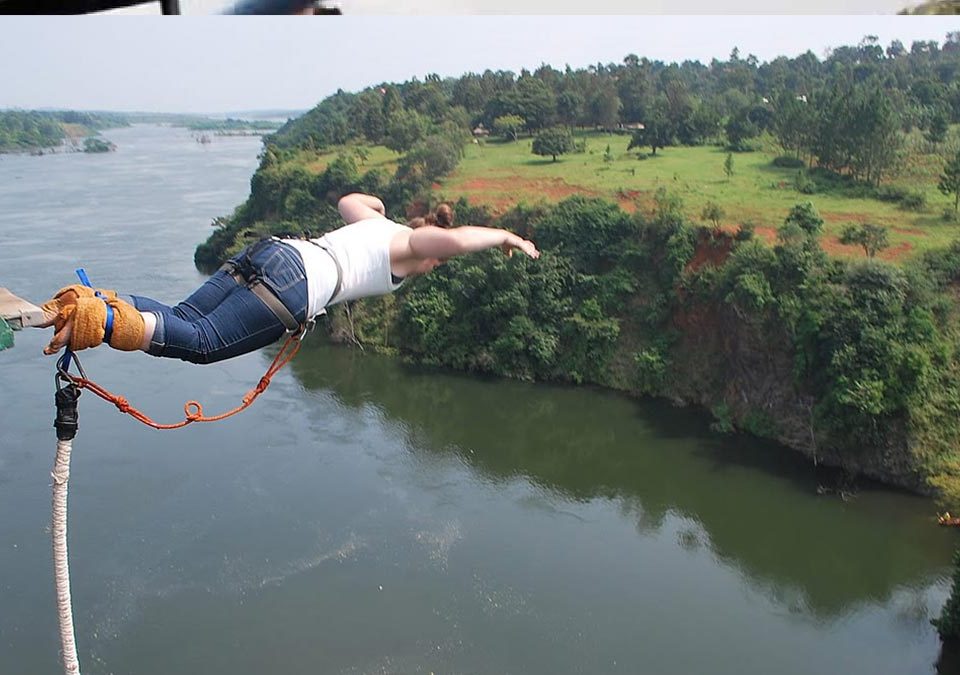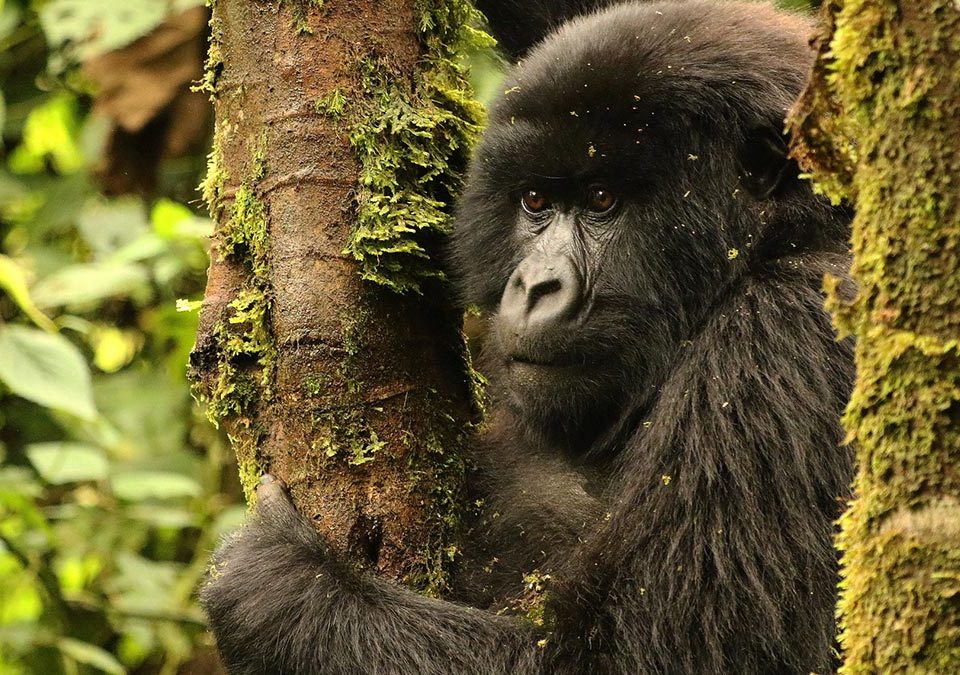Banded Mongoose in Uganda: Where to see them
The Banded Mongoose is native to Africa, and is mainly distributed south of the Sahara. This range extends across Africa, from Gambia to northeastern Ethiopia, and down to South Africa. Well, you might need a closer look and details of the Banded Mongoose.
If you desire to have an up close encounter with the Banded Mongoose in Uganda, then a research trip also known as experiential tourism is something we greatly recommend as it will be worth the experience and a very rewarding adventure. This an exceptional experience that offers visitors an opportunity to actively directly participate in keeping an eye on the Banded Mongoose that that live within Queen Elizabeth National Park.
The Banded Mongoose experiential tourism activity is based on and around Mweya Peninsula, in the Queen Elizabeth National Park, western Uganda. The Peninsula supports a population of over 400 banded mongooses living in twelve or more social groups. These mongooses were featured on the BBC documentary series Banded Brothers.
Recommended: Uganda Mountain Gorillas & Wildlife Tour 5 Day or Explore Uganda Gorillas & Wildlife Safari in 10 Days

Tracking of the Banded Mongoose is normally done using locator devices. Working in groups of up to four people, participants will have the opportunity to accompany the researchers through areas of the park normally off-limits to other tourists. During the tracking adventure, you will gain knowledge of habituation calls, learn to identify individuals, register their weight, in addition to monitoring the weather, their behavior as well as the surroundings.
The findings from your observations are added to the databases of the researchers, hence contributing very important information to the general understanding of Africa’s wildlife ecology in particular the Banded Mongoose in Queen Elizabeth Safari Park, and assisting to conserve this amazing ecosystem.
The number of people on each outing is limited in order to reduce stress on the animals and to increase the quality of the experience for visitors. The activity may run for anything between 1 hour and 4 hours and tracking is possible at 7am or 5pm, however, morning sessions tend to be more active and are more likely to last longer, in some rare instances, tracking maybe done at night. On top of it all you will see other wildlife and the scenery that takes in the Kazinga Channel is an amazing sight.

The banded mongoose is a tough and agile creature and has a long tail, almost as long as the whole body. The banded mongoose have long claws with which they can dig and even defend themselves. They are about the size of a small cat and live in extended family groups of around twenty adults plus their offspring.
Each group or family sleeps together each night in a communal underground den, changing between den sites every 3-5 days. They emerge at sunrise and forage together in the morning and afternoon before returning to the den at sunset. The Mongoose certainly have personality and character and are most playful as they banter about in and out of their lairs.
There are ten species of mongoose recorded in Uganda with the banded mongoose regularly seen around the Mweya peninsular in Queen Elizabeth National Park. Other species recorded in Uganda include; Egyptian mongoose, Marsh mongoose, Slender mongoose, White tailed mongoose, Jackson’s mongoose, Common dwarf mongoose, among others. Unlike other mongoose species, banded mongooses have dark bands across their backs, for which they are named. Please, note that other experiential tourism activities in Queen Elizabeth National Park include, Lion Tracking, Hippo Census, and Bird Counts.
If you need a fully all inclusive East African safaris that feature experiential tourism, please let us know. East Africa is where we live and we’ve mastered ground handling over the year. We can as well combine or tailor your safari to include all highlights such as white water rafting, game viewing, gorilla trekking, cultural experiences among others.



